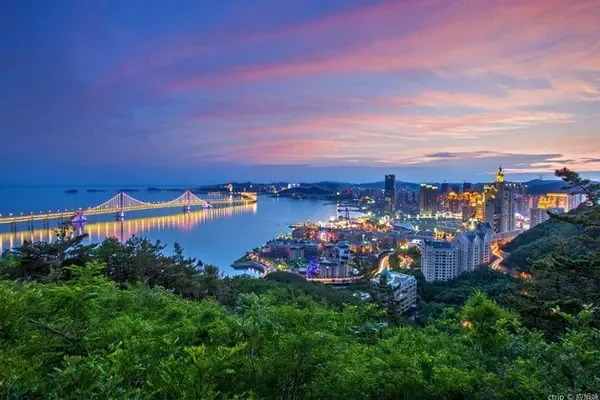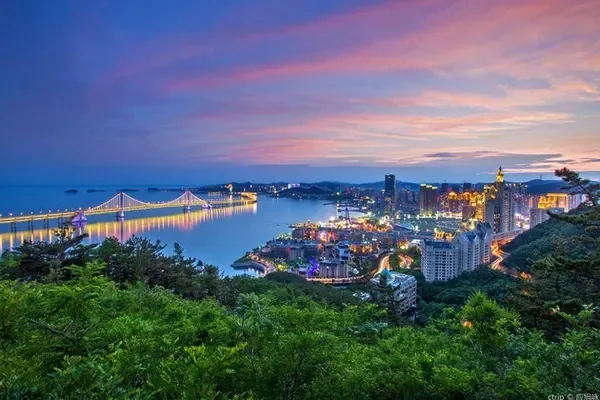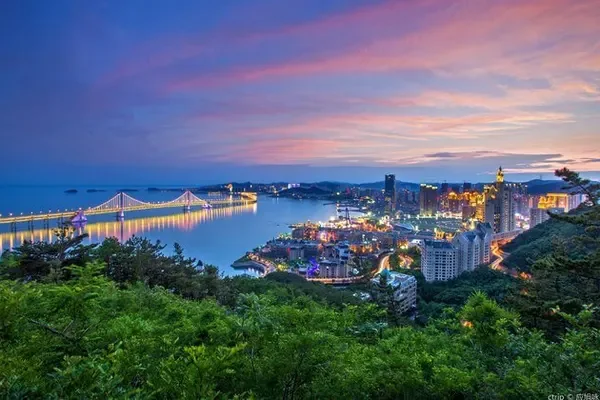Day 2: Taipei National Palace Museum - National Taiwan University - Eslite Bookstore
The air conditioner was a bit loud on the first day, so I didn't sleep well. When I got up the next morning, I started searching Ctrip, trying to find a regular hotel to experience. The weather is very hot now, not the peak season, and many hotels have discounts. I searched for a hotel on the way to the National Palace Museum in Taipei, and there happened to be a honeymoon suite available at a reasonable price, good luck! ! ! The suite is very spacious and well-equipped. It looks very stylish. There is also a large bathroom tub, which provides great privacy. But it feels hygienic, and the mosquito net feels a little dirty.
Settle your luggage, the first stop is the National Palace Museum in Taipei.
The Forbidden City is built on the edge of the city, a bit of Japanese architectural style. From the perspective of Changchun people, it almost looks like a large China-Japan Friendship Hall. But the richness and integrity of the treasures inside are second to none in the industry. Because there are too many antiquities, it is said that the exhibits will be rotated every three months. What we see in it is the Chinese civilization from the Shang and Zhou Dynasties to the Republic of China. Personally, I prefer treasures from the Ming Dynasty onwards, and the antiquities from before don’t feel refined enough. Especially in the Shang and Zhou dynasties, many of them are fragments of various containers, and I would throw them away if I picked them up on the street. However, using the power of the government to sort and count the hundreds of thousands of fragments, which have been intact after a hundred years, this spirit is still to be praised.
After the Ming Dynasty, due to the cultural exchanges between the East and the West and the advancement of knives, works called "ghost work" began to appear. What impressed me the most was the 14-ring bead carved with the whole ivory and the small peach pit carving. It may take months or years to improve this freehand brushwork style of traditional Chinese brush strokes and ink painting. Design, carve, and polish between square inches to make a work meticulous and exquisite. The treasures of the Forbidden City are not very big. The emerald cabbage looks at most 30 centimeters high, and the Dongpo meat stone is only a few centimeters high. They don’t feel too refined, and they should be the gift of nature.
In the Forbidden City, there is always a feeling that you can’t understand and can’t see enough. There are too many exhibits, which can be said to contain the essence of 5,000 years of history. I was thinking of going to watch the handover ceremony of the nearby memorial hall, but I missed the time without knowing it.
When traveling around the world, it is a tradition in our family to go to university, and the next stop is Taiwan University, which is said to be in the same line as Peking University.
It is said that at the time of liberation, most of the teaching staff of Peking University moved here, and the teaching staff was strong, which had a profound impact on the development of Taiwan. Of course, compared with Peking University now, its reputation is still not as good. Of course, I'm mainly talking about the cafeteria. A few years ago, I went to the cafeteria of Peking University. There are several cafeterias for foreign guests, the school and ethnic groups, all of which are of high quality and low price. The card, the price is less than half of the outside. I remember that the price of stretched noodles in Beijing at that time was 15-25 yuan outside, and 7.5 yuan in the cafeteria. In the cafeteria, there are all kinds of food windows such as meals, fruits, and side dishes, and there should be a lot of subsidies from the state.
The canteen of National Taiwan University is obviously deserted, there is only one buffet serving, and less than half of the people are seated during the meal time. However, its mode of operation is quite interesting. There are 40 dishes in the main food area. After the dining plate is selected, it is weighed, which is equivalent to RMB 20 per catty, and a small bowl of rice is equivalent to 1.1 yuan per serving. Seafood soup is free. The remaining garbage is sorted and thrown away. I personally feel that this method can effectively avoid waste and reduce the burden of cleaning, which is very suitable for promotion in small and medium-sized canteens.
The buildings here are the same as those of Peking University, nothing special, they were built in the past few decades, and there are many red brick buildings. When we shuttled through the university, the biggest feeling was that there were too many birds, and the high-intensity chattering was endless. But the air conditioner is everywhere in the school, people here should have no big problem closing the windows. Walking to the campus lake, the lake is still very clear, and all kinds of fish are clearly visible and free. Birds are not afraid of people. People can walk within 1 meter to observe them. As long as they don't reach out and grab them, they can observe them quietly all the time. People are meeting birds, and birds are meeting people, what a harmonious picture.
In front of National Taiwan University is an Eslite Bookstore, which is not large in scale, with only two floors above ground and one basement. The difference from the mainland is that its facade is larger, and it looks more spacious and bright from the outside. Inside, everyone is used to sitting on the ground and reading books.



